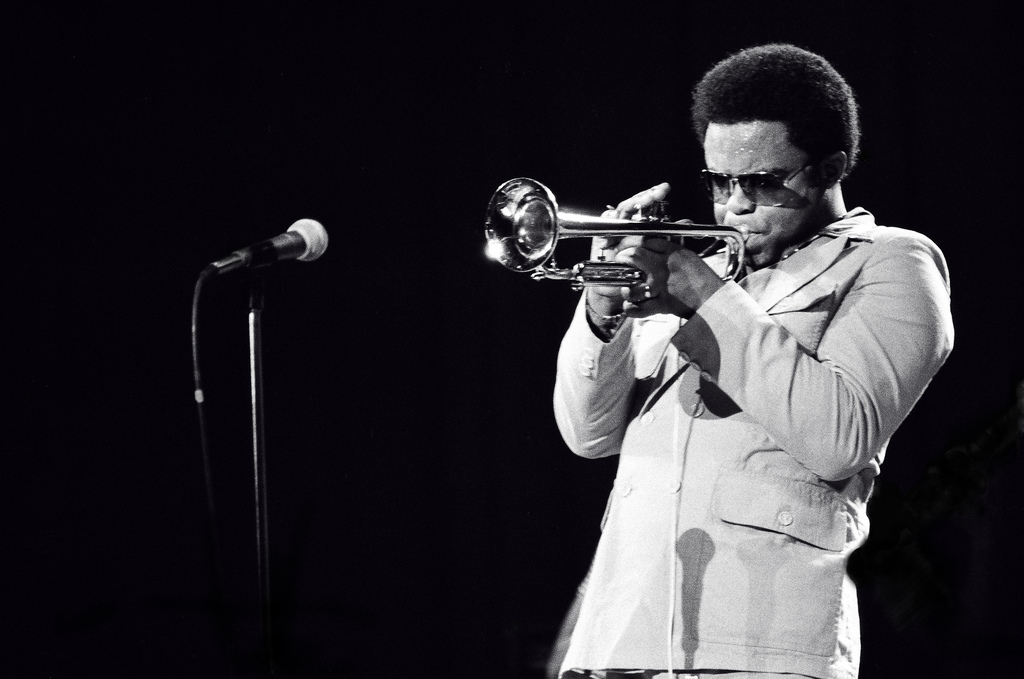
Content marketing strategy and planning is now a critical success factor for any company operating in a competitive market.
Yes. Big statement. And we’re saying it loud.
It is the only way to get maximum return from limited resources while optimising quality, reach and customer conversions.
Ellis Jones has a Content Marketing Model on which we now base all our client communications and creative work.
First, some definitions:
- Content: Think of content as your music. It is where your intelligence comes into existence for others to hear and admire. If your content is squeaky and out-of-tune, boring, scant or just plain average, then no instrument will ever make your music sound any better. Similarly, if your content is not compelling, then you will neither captivate nor engage no matter how many platforms you publish your content on. Always make quality content. A good craftsman never blames his tools.
- Marketing: Think of marketing as your instrument. It plays your music and transmits it out to the world in various forms. Play it on the violin, the piano, the guitar. Sing it. The song sounds slightly different. Different songs attract different people. Use as many instruments as you like.
What it means to us
At Ellis Jones, we use a content marketing model to ensure that our clients present the highest quality content across multiple platforms to reach their target audience and achieve business objectives.
To us, content marketing means content should:
- Be succinct: Every word should add value to the content.
- Communicate: The target audience and objective determines what form the content should take. Spam is not communication, it disengages your audience.
- Be used efficiently: Don’t spend hours creating new content if your old content can be re-purposed across multiple channels.
It comprises of a marketing engine and a marketing cycle:
The above diagram represents our ‘marketing engine’. On the outside of the circle, are a selection of platforms/channels (or in musical terms, instruments) available to the client. On the inside of the circle, is the content.
In the marketing world, content comes in various forms – including a written article, video, image, Powerpoint presentation. Each piece of content has its own circle, that is, each piece of content can be ‘re-purposed’ for various platforms.
Your choice of platform or a combination of platforms, depends on your target audience and communication objectives.
An example. In the picture below, a Powerpoint presentation is the content and it was re-purposed for various channels including Conference, Twitter, Website, Blog and Linkedin.
Linking platforms.
Some want to hear more. Provide a path for your stakeholders to follow your content straight to your door. You can do this by linking your platforms/channels (as represented in the first diagram).
Say that the Powerpoint presentation is Tweeted with a link to a blog article about the presentation. The blog is also linked to our website:
Each step along the way, the interested party is able to access a wider array of content and either obtain the information that they seek or stumble across new information.
The engine keeps turning.
Re-purposed content can lead to the creation of additional content. As an example, the Powerpoint presentation was presented at a conference. If you took a picture while the presentation was being made, then you have generated new content. An image! This image can be placed back into the marketing engine and re-purposed for various platforms.
–
The greatest time-waster is being reactive and arbitrary when it comes to content marketing. Have a plan. Always remember your objectives, and most importantly, your audience. If people don’t like your music, they won’t come to the amphitheater.




